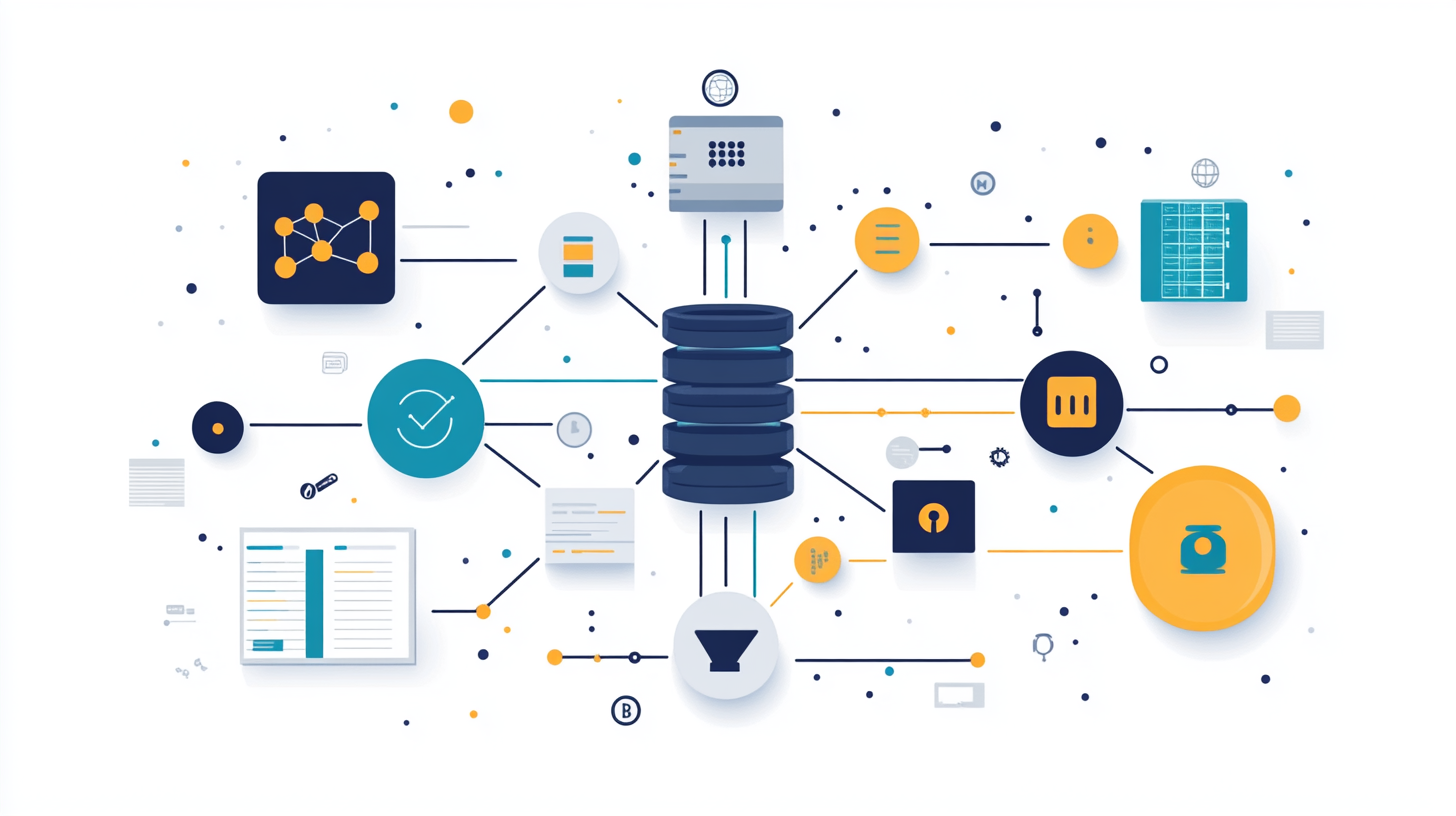Introduction: What is a Blameless Post-Mortem?
In the world of DevOps, Site Reliability Engineering (SRE), and incident management, failures are inevitable. Systems are complex, dependencies are numerous, and even the best engineering teams encounter disruptions. The key to resilience is how organizations respond to incidents — not by assigning blame but by fostering a culture of learning and continuous improvement.
A blameless post-mortem is a structured process for analyzing incidents without attributing fault to individuals. Unlike traditional root cause analysis, which often focuses on identifying "who" is responsible, blameless post-mortems shift the focus to "what" happened and "why," encouraging open discussions that drive systemic improvements.
The Impact of Blame Culture on Team Morale and Growth
A blame-oriented culture discourages transparency, making team members hesitant to report issues or take ownership of challenges. This results in:
- Reduced trust within teams.
- Delayed incident reporting and resolution.
- Missed learning opportunities, as employees focus on self-protection rather than improvement.
In contrast, a blameless culture fosters psychological safety, where engineers feel comfortable sharing insights, leading to more robust systems and a more resilient organization.
Why Blameless Post-Mortems Matter
Psychological Safety & Team Trust
When team members know they won’t be punished for mistakes, they are more likely to share insights, report issues proactively, and collaborate on solutions. Psychological safety leads to higher engagement, stronger problem-solving, and improved innovation.
Faster Incident Resolution
By focusing on systemic issues rather than individual errors, teams can:
- Identify failure patterns faster.
- Implement long-term fixes instead of temporary patches.
- Reduce the recurrence of similar incidents.
Continuous Improvement
Failures can become catalysts for growth when teams:
- Turn post-mortem findings into actionable insights.
- Implement better monitoring, automation, and documentation.
- Enhance processes to prevent similar issues in the future.
Case Studies: Companies Implementing Blameless Post-Mortems
- Google integrates blameless post-mortems as a core part of their SRE practice, ensuring reliability without fear-driven responses.
- Etsy promotes transparency by making post-mortem reports accessible to all engineers, fostering continuous learning.
- Netflix emphasizes a culture of learning, ensuring incidents drive system and process improvements rather than individual fault-finding.
Key Principles of a Blameless Post-Mortem Culture
- Incidents are Inevitable – In complex systems, failure is not a question of "if" but "when."
- Focus on the System, Not the Individual – Look for gaps in processes, automation, and documentation instead of attributing errors to people.
- Encourage Transparency & Honesty – Team members should feel safe admitting mistakes without fear of punishment.
- Data-Driven Analysis – Base conclusions on logs, monitoring data, and metrics rather than assumptions or opinions.
- Action-Oriented Outcomes – Post-mortems should drive tangible improvements rather than serve as a formality.
How to Conduct a Blameless Post-Mortem Effectively
1. Preparation
- Collect incident logs, alerts, and timelines to reconstruct the event.
- Gather key stakeholders (engineers, managers, product teams) for a well-rounded discussion.
- Appoint a neutral facilitator to guide the conversation objectively.
2. Conducting the Post-Mortem
- Set the Right Tone – Begin by reinforcing the blameless approach and the goal of learning.
- Create an Incident Timeline – Document what happened, when, and the response taken.
- Analyze Contributing Factors:
- Technical failures (e.g., software bugs, hardware malfunctions).
- Process issues (e.g., lack of monitoring, delayed escalations).
- Human factors (e.g., unclear documentation, cognitive overload).
- Identify Lessons Learned – What worked well? What can be improved?
- Define Action Items:
- Process improvements.
- Automation opportunities.
- Documentation updates.
- Training needs.
3. Post-Mortem Follow-Up
- Assign ownership to action items with clear deadlines.
- Track progress and review completed actions in future retrospectives.
- Share findings across teams to enhance organizational resilience.
Common Challenges & How to Overcome Them
1. Fear of Repercussions
- Solution: Leadership must actively promote a no-blame culture by setting an example and reinforcing psychological safety.
2. Cultural Resistance
- Solution: Shift from punitive language ("who caused this?") to constructive discussions ("how can we prevent this?").
3. Lack of Follow-Through
- Solution: Integrate action items into tracking systems (e.g., JIRA, PagerDuty) to ensure accountability.
The Role of Leadership in Establishing a Blameless Culture
Leading by Example
Leaders must model the behavior they wish to see by:
- Demonstrating accountability when failures occur.
- Publicly acknowledging team efforts in learning from mistakes.
- Encouraging open communication and collaboration.
Rewarding Transparency
- Recognizing individuals who contribute to post-mortems constructively.
- Creating an incentive structure that values learning and improvement over perfection.
Institutionalizing Blameless Practices
- Embedding post-mortems into Agile and DevOps workflows.
- Establishing regular training on conducting and facilitating effective post-mortems.
Tools for Managing Blameless Post-Mortem Reports
- JIRA – Tracks action items and integrates with engineering workflows.
- PagerDuty – Provides incident response and post-mortem documentation.
- Incident.io – Streamlines post-mortem analysis and reporting.
- Confluence – Helps teams document and share post-mortem findings collaboratively.
- Slack – Enables real-time discussions and coordination for incident management.
Conclusion: Transforming Failures into Organizational Strengths
A blameless post-mortem culture shifts organizations from fear-driven responses to constructive, system-oriented learning. By embracing transparency, trust, and continuous improvement, engineering teams can turn failures into opportunities for growth, ultimately building more resilient and high-performing systems.
Encouraging a learning-first mindset ensures that every incident — rather than being a source of blame — becomes a stepping stone toward greater efficiency, innovation, and reliability.
To successfully implement a blameless post-mortem culture, organizations must commit to consistent reinforcement, leadership support, and system-wide adoption.
When teams prioritize learning over finger-pointing, they create an environment where failure is no longer feared but instead becomes a valuable driver of progress.














Discussion